My worm bin is a 110 gallon black rubber Tuff Stuff oval tank. I've been worming in it for 2 winters and 3 summers now, and it's been outside in a shed this whole time. Because of an unexpected aversion to using the product of the bin, I've done pretty much nothing but feed it and/or neglect it since starting it. This means that the vermicompost in it has been relatively untouched since the worms made it, but now I'm ready to open the treasure chest and start spending the loot.
At the start I figured I wanted space for water to build up without drowning the worms, so I put about 2 inches of pine bark mulch on the bottom, and then covered it with about an 1/8 inch of newspaper. Within a few months, the smell of anaerobic decomposition was in the air. The tub is sturdy enough that I was able to stick a chunk of wood under each end and slide a water heater drain pan under the middle. Since the middle was unsupported, it bowed slightly in the middle.
Fortunately, my friend is a plumber and had a long drill bit extension to pop some holes in the center of the tub bottom. This lets it drain into the pan. He piped from the pan to a collection bucket so that I could collect the black liquid gold for my trees and plants. Since this stuff stank of anaerobic sulfur, I used a two bucket system and aerated them both 24/7. When I went to use the juice, I would dilute it with well water 50/50.
When the bin was dug down to the newspaper in the center for drilling holes, there were worms in that anaerobic zone. They were darker than the ones near the surface, and I suspect they were colored by the nitrite down there (like a butcher colors steaks).
At some point, I sprinkled garden lime on the surface of the bin and watered it in. This quickly ended the anaerobic smells, but it flocculated the dissolved solids from the water in the collection buckets too, leaving semi-clear water with a bunch of snowflakes on the bottom.
The second winter, I hung some rabbit cages above the bin. This kept the food coming to the worms nonstop, whereas it was hard for me to find enough 'greens' to put in there before. By spring I decided to build an outdoor rabbit area and re-convert the shed to a much larger rabbit operation. This means the worm bin will have to go so I can put custom sized bins in there. I was under the impression that the bin was full anyway, because it was mounded up with rabbit manure. It's not full anymore though, the worms just needed the heat of spring to speed up their digestion.
This year, ever since the pile of rabbit waste has converted to vermicompost, there is no more liquid coming to my collection bucket unless I give the bin a good spray-down with the hose. This is no big deal to me to hose the bin down because I have been doing it to get extra liquid for watering plants since the tap was installed. The water coming out is not nearly as dark as it once was though, and the fact that the bin is no longer volunteering the liquid gold, tells me that what's left in there is essentially done. As far as my novice gardening skill tells me, the juice is decent, but not the amazing product that it is often described as. I further suspect that my soil does not have enough water holding capacity to retain the nutrients in the liquid, so it behaves more like an additional watering.
I recently made my first batch of 'dirt' from a few shovel-fulls of the finished vermicompost. It consisted of roughly equal parts well aged wood chip screenings and vermicompost. I then added some play sand and a couple tuna cans full of glacial rock dust. The 2 papaya plants I repotted in this mix have grown faster than my brain can comprehend. I just don't believe a plant could grow that fast and then slow back down. One of them has roots already coming out of the new pot after 4 days though, so I can't really deny the growth. One thing of significant importance to me is that a bare root 2-in-1 Asian pair tree came in the mail before I had stuff to properly plant it. It ended up in a large pot with paver sand and some subsoil that I just happened to have on hand (ground was still frozen). The leaves that came from its initial buds came on and that's all it has had all year. I had a little extra of this new vermi-soil and put a couple trowel-fulls on top of the existing dirt. It's only been 4 days since then and that tree is making its first additional leaves since dormancy.
My point is that the juice from the bin does not seem to be as good as the compost combined with other things. Other conflicting points to make is that the papayas had probably used all the space and nutrient from their existing pot, and since the bad soil in the pear tree pot drained so poorly, all it got was rain water and not worm juice. It did have worms living in that poor dirt the whole time though.
Anyways, I'd like to show a picture of a hole I dug to the bottom of my bin tonight. Notice that the newspaper and wood chips are gone from the bottom, but some dry leaves I put in the first summer never broke down. Other things that don't break down well are the color on cardboard food boxes (like cereal or granola bars), the plastic windows on junk mail, some neon-colored paper flyers, and plastic packing tape (obviously). If you see any worms at the bottom, most of them are a much lighter cream-grey color instead of the deep red-brown from when the bin was anaerobic down there. I think a couple dark ones may have tripped and fell during the digging though. Also, I had put some of my native soil in the bin the first year because I couldn't keep enough stuff in the bin for it to remain deep. The sandy clay stuff is the obvious yellow dirt that the worms didn't bother stirring in for me. You may spot some things that fell back into the hole during digging, but for the most part this is entirely worm poop. I did give the bin a good hosing earlier in the day, not knowing I was going to dig. When this pure worm cast gets wet, it turns to fine mud and is not suitable to be used directly as soil. If it is not dug up or disturbed for a long time, like this bin, it will hold shape and structure when wet, but once disturbed, it won't drain well..
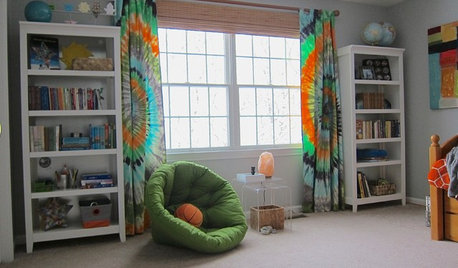

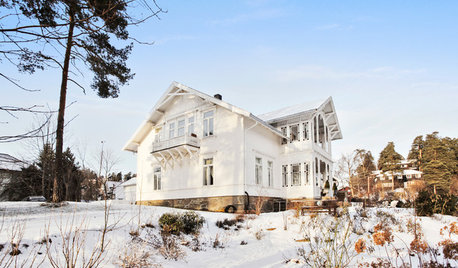


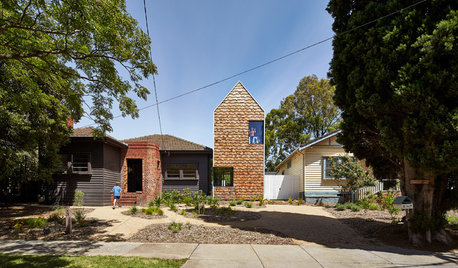
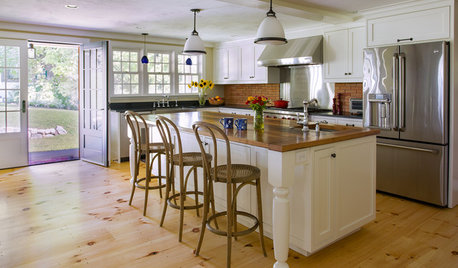









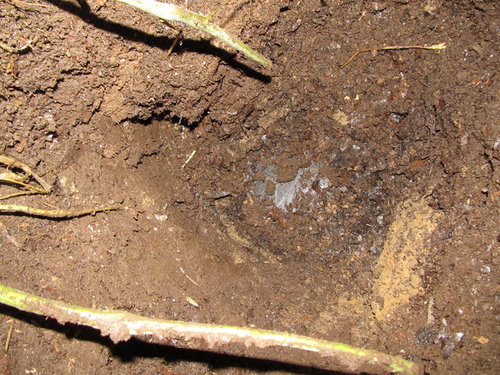
pskvorc
buckstarchaserOriginal Author
Related Professionals
Hershey Landscape Architects & Landscape Designers · Tempe Landscape Contractors · Azalea Park Landscape Contractors · Fort Payne Landscape Contractors · Franklin Landscape Contractors · Gaithersburg Landscape Contractors · Leicester Landscape Contractors · Northport Landscape Contractors · San Benito Landscape Contractors · Hueytown Landscape Contractors · Ferguson Landscape Contractors · Aurora General Contractors · Eau Claire General Contractors · Markham General Contractors · Summit General Contractorspskvorc
dbobul
buckstarchaserOriginal Author
pskvorc